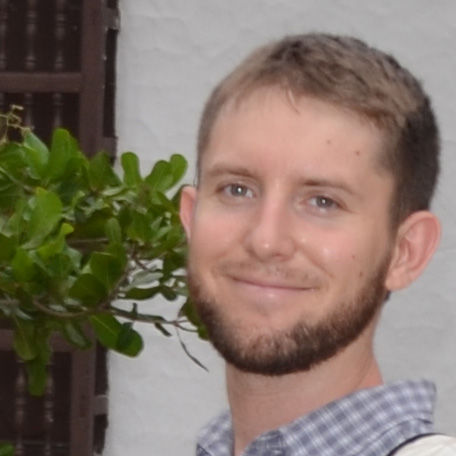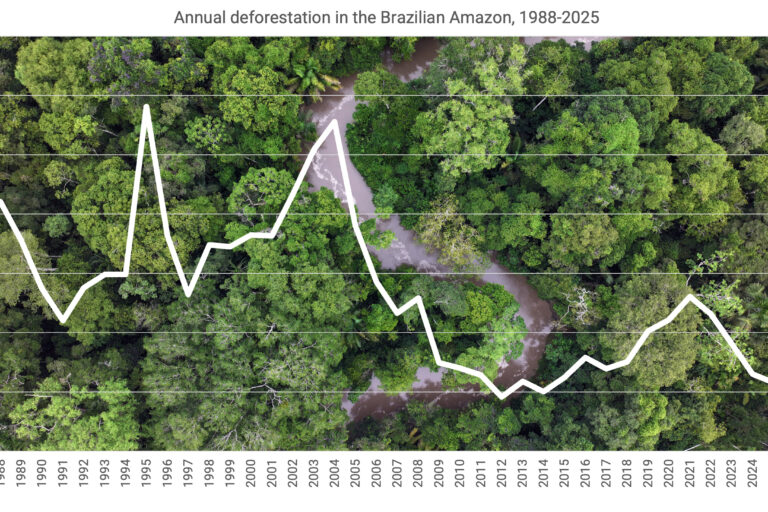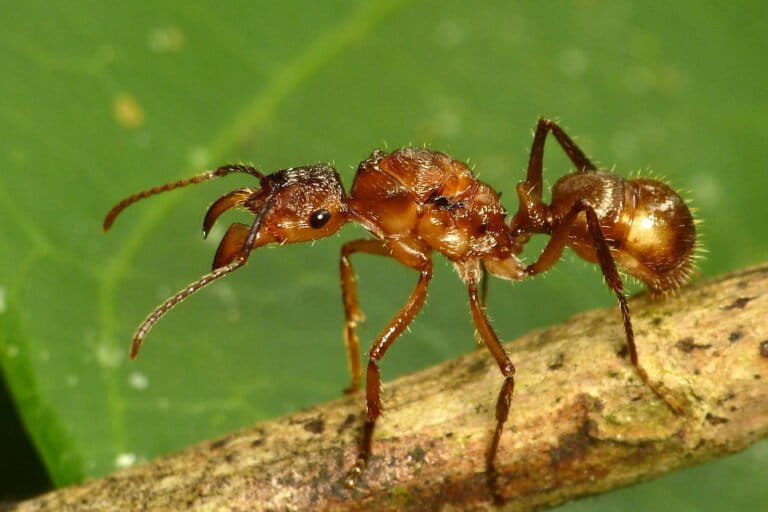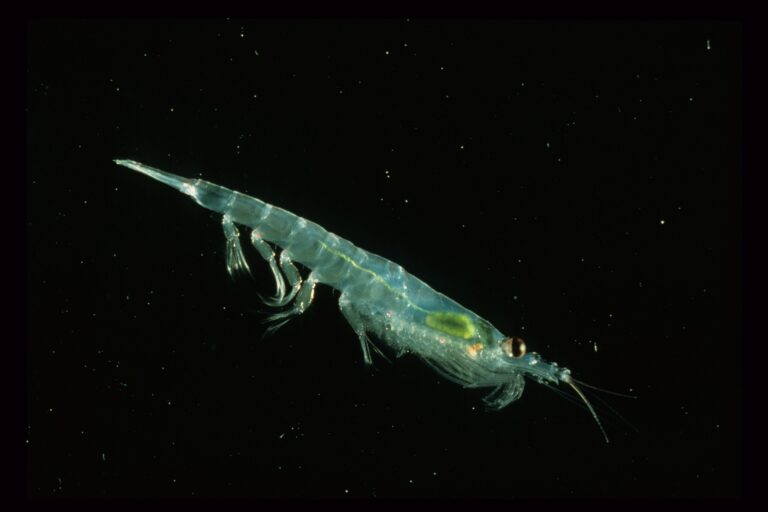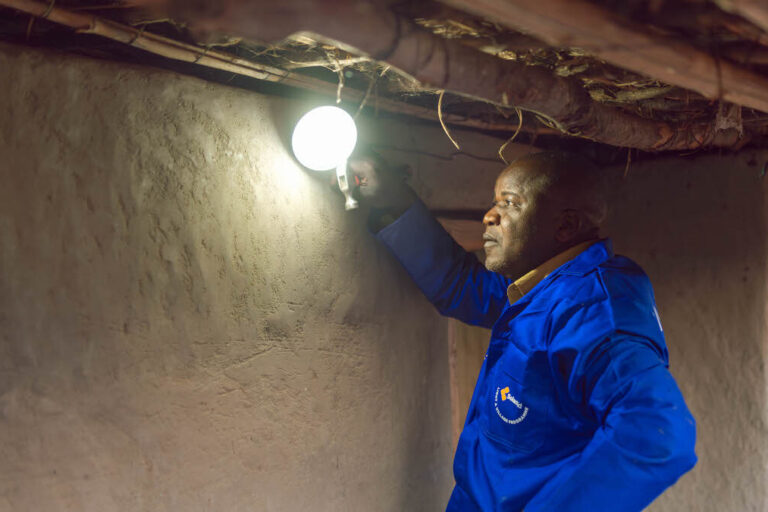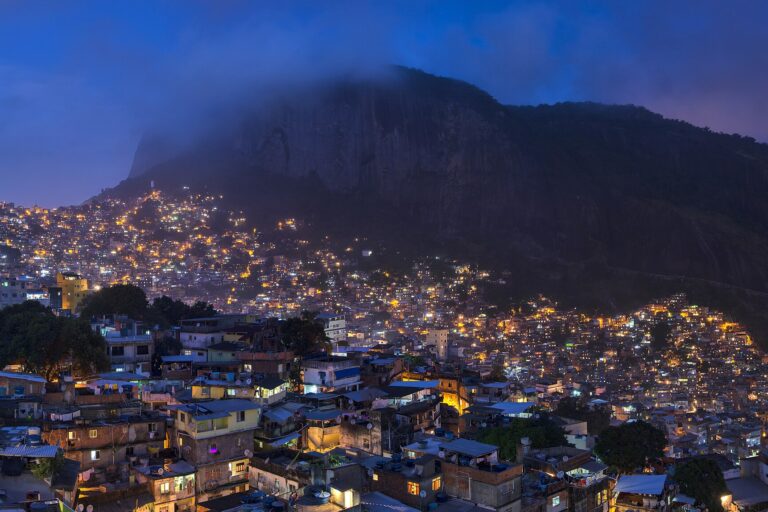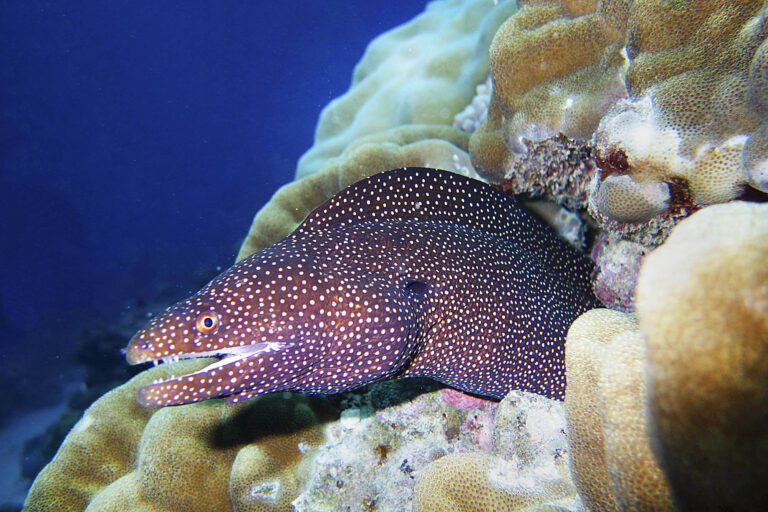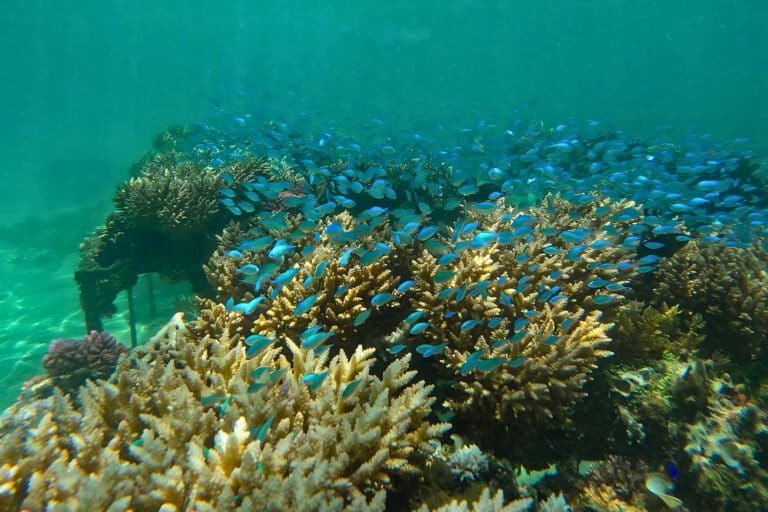Berta Cáceres, a high-profile environmental activist in Honduras, was assassinated in 2016. While seven men were convicted for her murder less than a month ago, her death is a reminder of the dire conditions that front-line environmental defenders still face around the world.
Throughout 2018, environmental defenders in the tropics continued to endure harassment and violence. The ongoing crisis is not new: it has crippled on-the-ground conservation efforts for decades in regions of the world where violence is often tied to natural resource extraction.
Since 2002, the NGO Global Witness has released annual reports tracking the number of environmental activists killed around the world. In 2017, the London-based group recorded a record-high death toll. The figure added to the sense of urgency for efforts to protect land defenders in tropical rainforest regions. There have been renewed calls for governments to address impunity, and for international investors to take responsibility for abuses in their supply chains.
Murders recorded by Global Witness represented only “the sharp end of a range of tactics used to silence defenders, including death threats, arrests, sexual assault, abductions and aggressive legal attacks.”
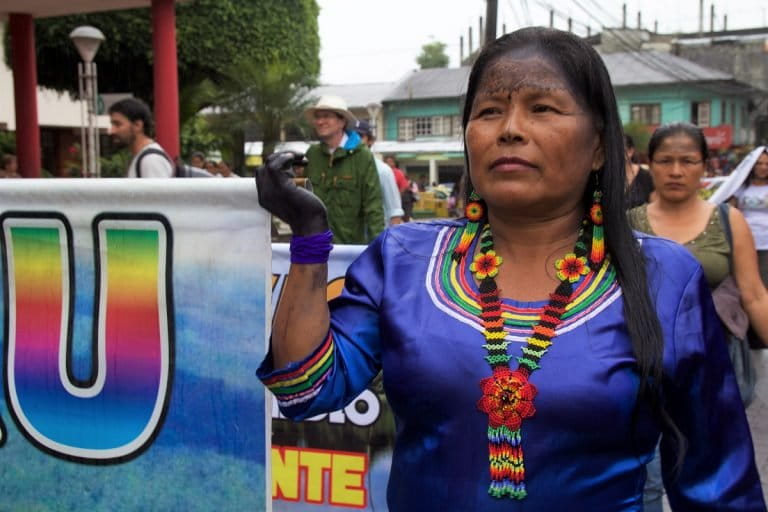
Billy Kyte, head of campaigns for Global Witness, told Mongabay that while the numbers were still being finalized, the death toll in 2018 was lower than in 2017.
“Although we are still awaiting verification of cases from in-country partners such as in Guatemala, Colombia, Brazil and Honduras, we’re confident to say there was a marked decrease in land and environmental defender killings this year according to our data,” Kyte said.
The data show the Philippines and Brazil had the highest number of killings this year. India and Guatemala experienced significant increases, while Mexico also recorded an increase. Honduras was one country that reported a large drop in the number of killings.
In fact, 2018 concluded with a court in Honduras convicting seven men of the murder of Cáceres, who received the Goldman Prize for environmental defenders in 2015. The court ruled that the murder was premeditated with the consent of executives at the hydroelectric company DESA, who were frustrated by Cáceres’s organization of protests against the damming of a river considered sacred to the indigenous Lenca community. Former company president David Castillo, who has been accused of masterminding the murder, awaits trial at a later date. Members of the powerful Atala Zablah family who sat on DESA’s executive board at the time of Cáceres’s death have not been charged in the case.
Kyte welcomed the convictions in the high-profile case as striking a blow against the culture of impunity. “Although real justice has not yet been served, given those who ordered her killing are still at large, a trial of this significance is almost unheard of and should make governments and business think twice in the future before attacking defenders,” he said.
According to Global Witness, unaddressed cultures of impunity create the conditions that allow for ongoing slaughter of environmental defenders. In Colombia, Global Witness and the Vance Center analyzed the killings of 122 Colombian land and environmental defenders between 2010 and 2016. They found that the murderers were not identified and convicted at least 92 percent of the time.
Impact to indigenous peoples
As in previous years, indigenous peoples continued to be disproportionately affected by the impacts of natural resource projects and the subsequent risks they posed to those speaking out, Global Witness found. Park rangers and community land managers also faced threats.
In 2017, Colombia was the third most deadly country for environmental defenders. This year, Colombia’s indigenous peoples – especially those in southern sections of the country where the demobilization of the rebel army FARC has left a power vacuum – are suffering territorial invasions and terrorism in the form of ongoing murders, threats and massacres.
Oxfam and the Rights and Resources Initiative authored a study examining indigenous and community lands, defined as those collectively managed under community-based governance. The report found that indigenous and community lands accounted for more than 50 percent of the planet’s land mass; yet only 20 percent is legally recognized as such.
The troubling landscape for environmental defenders comes alongside an all-time high in tropical forest loss over the past two years. A growing body of evidence highlights the importance of indigenous peoples and other local communities in forest conservation, according to a report co-authored by the United Nations’ special rapporteur for indigenous rights, Victoria Tauli-Corpuz.

“The rate of tree cover loss is less than half in community and indigenous lands compared to elsewhere. Where community rights to own their lands are legally recognized, the difference is even greater,” Tauli-Corpuz said in a letter written for the report.
“World leaders have a powerful solution on the table to save forests and protect the planet: recognize and support the world’s indigenous peoples,” she added. “We have stood as a proven solution to climate change for generations. Recognize our rights, and we can continue to do so for generations to come.”
Yet even Tauli-Corpuz was included on a list of some 600 people that the government of her native Philippines wanted declared as terrorists. The move was described as “retaliation” for her speaking out against recent attacks on indigenous Lumad communities on the country’s main southern island of Mindanao. The Philippine government has since dropped Tauli-Corpuz from the list, but U.N. experts are “still deeply concerned about the continued naming of many others, including human rights defenders, in the petition, as this tags them as terrorists.”
Latin America’s endangered environmentalists
In what has historically been the deadliest region of the world for environmental defenders, the landmark Escazu agreement brought together 24 Latin American countries this year to coordinate the protection of environmental defenders. The aim is to guarantee that “individuals, groups and organizations that promote and defend human rights in environmental matters can act without threats, restrictions and insecurity.” It must now be ratified by the member countries.
In November, authorities in Peru arrested a dozen alleged members of the notorious El Gran Chaparral criminal syndicate. They stand accused of murder, land grabbing, and setting forest fires in the Chaparrí Ecological Reserve. The reserve is the first recognized private nature reserve in Peru.
In Honduras, British freelance journalist Nina Lakhani alerted the Committee to Protect Journalists (CPJ) about threats she received while covering an environmental activist’s murder trial. The CPJ called on Honduran authorities to investigate the alleged threats against Lakhani.
“If the Honduran government is serious about protecting democratic values like press freedom, authorities must investigate the threats against Lakhani and ensure she and other journalists are not driven from reporting on entire regions,” the CPJ’s Central and South America program coordinator, Natalie Southwick, said in a recent alert.
In Brazil, the election of far-right politician Jair Bolsonaro as president has caused alarm among environmentalists who support indigenous land defenders in the Amazon. Bolsonaro campaigned on opening up the Amazon for increased economic exploitation, especially mining, including indigenous territories and quilombola traditional lands.

In a campaign speech last year, Bolsonaro declared: “Where there is an indigenous land, there is a wealth beneath it … If it depends on me, every citizen will have a firearm at home [to defend their property, and] there won’t be one centimeter demarcated for indigenous reserves or quilombolas.”
Brazil’s environmental defenders are preparing for the worst. For example, violence could erupt in the north of Brazil and part of the Amazon in Roraima state. Rural landowners, who helped elect Bolsonaro to office, have argued that an indigenous reserve there occupies too much territory. Spanning 17,430 square kilometers (6,730 square miles), the Raposa Serra do Sol reserve is home to some 17,000 indigenous people of various ethnicities. Already, part of the reserve has been invaded by non-indigenous rice farmers.
Conservationists and journalists
Five conservation researchers in Iran were accused by the government there of spying, and could face the death penalty if convicted, according to multiple media reports. The researchers were monitoring animals such as Asiatic cheetahs (Acinonyx jubatus venaticus) using camera traps. The country’s Islamic Revolutionary Guard Corps alleged that the team used the setup to collect information on Iran’s missile program.
In Indonesia, journalist Muhammad Yusuf died of a reported heart attack while being held on charges of defaming a palm oil company owned by a powerful tycoon. The Indonesian human rights commission plans to investigate his death.
In Africa, the most dangerous country for environmental defenders continues to be the Democratic Republic of Congo (DRC). In April, authorities reported that members of an armed militia ambushed and killed five park rangers and a driver in Virunga National Park. The deadliest attack in the park’s history, the toll of Virunga rangers killed while guarding the protected area to date is 175, according to park authorities.
Banner image: Berta Caceres at the banks of the Gualcarque River in the Rio Blanco region of western Honduras where she, COPINH, and the people of Rio Blanco maintained a two year struggle to halt construction on the Agua Zarca Hydroelectric project.


